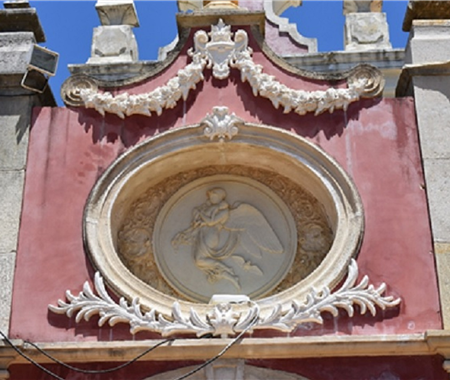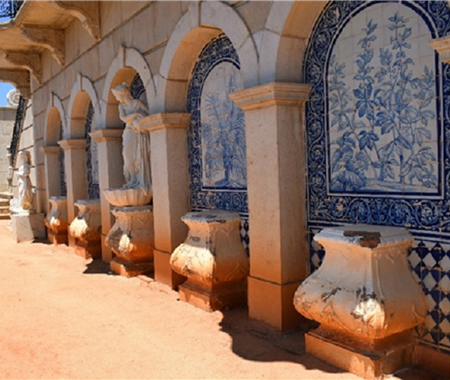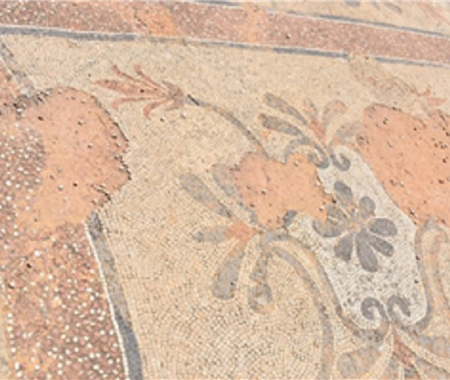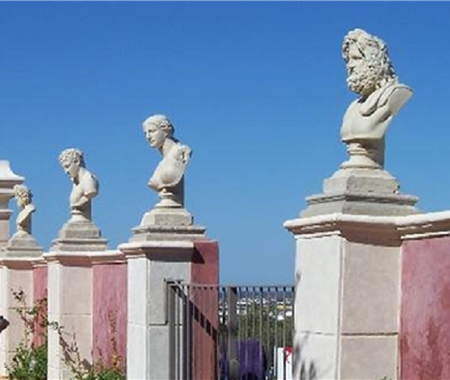Execution of a prior report by Sandra Alves, conservator-restorer, regarding the future intervention to be held in the Gardens of the Palace of Estoi*, in the following elements:
- Stone sculptures, plinths and others, Formal Garden
- Stone and mass decorative elements (plaster) in the stairway access nooks, on the level of Jardim Sul's Crib House and busts, including those of this level and those of the Waterfall House
- Masonry tile panels and plinths, Formal Garden
- Tiled floor on the landing over the Waterfall House
- Two terracotta sculptures, by the south gate (central mall)
* Classified as a Public Interest Property (1977) and adapted to a hotel by the company Enatur, S.A., in a project done by the architect Gonçalo Byrne (2009). The Palace was built at the end of the 18 century in a property belonging to Field Marshal Francisco José de Carvalhal and Vasconcellos, already belonged to the Bishop of Faro (gardens and a small residence) by his son, Royal House nobleman, Fernando José Moreira Pereira do Carvalhal. Influenced by King Fernando II, this gentleman began the construction of the most significant manifestation of Romanticism in the Algarve (1840). The property was later acquired by the Faro City Council (1988) and assigned to the company Enatur (1999).
Acknowledgements Enatur, National Corporation of Tourism ~ Pestana Group, Hotels and Resorts ~ Directorate-General for Cultural Heritage, Ministry of Culture ~ Municipality of Faro ~ Clay, Archaeology




